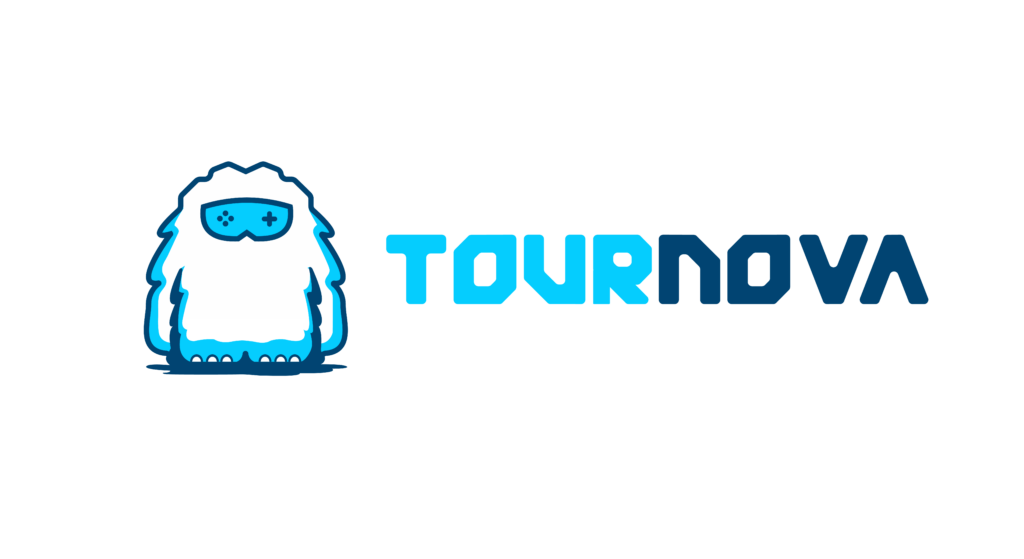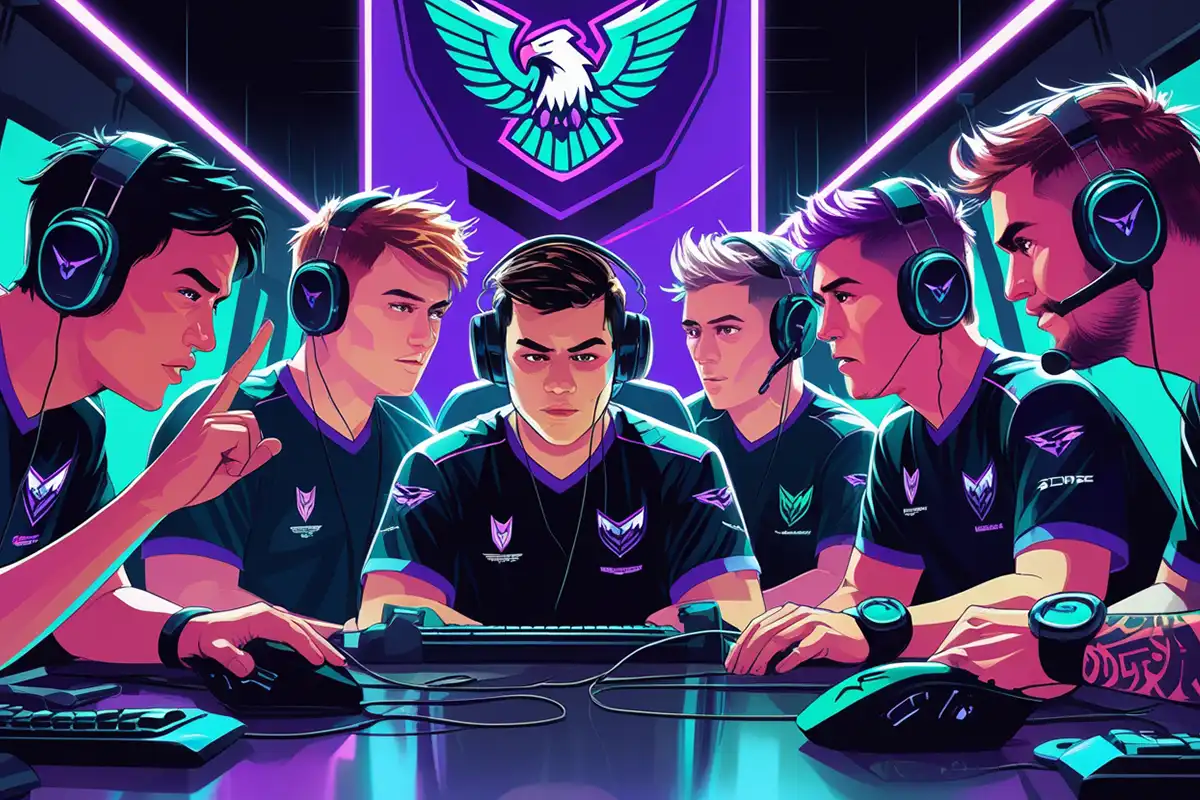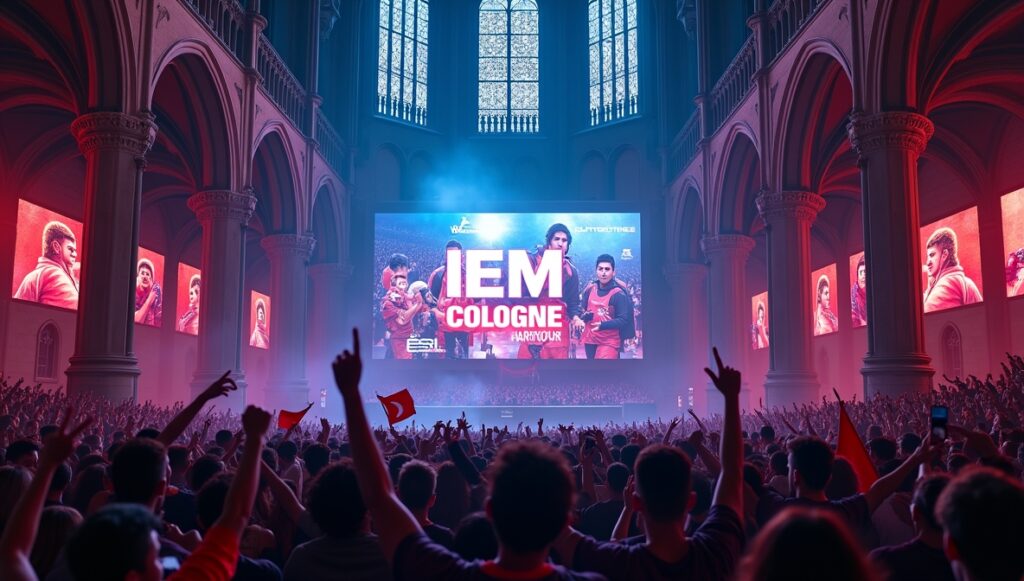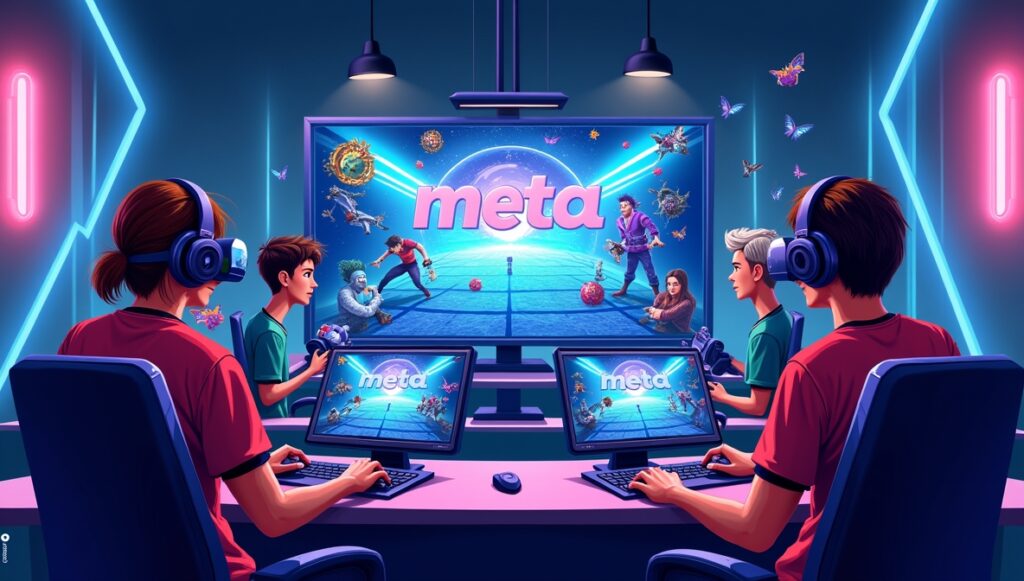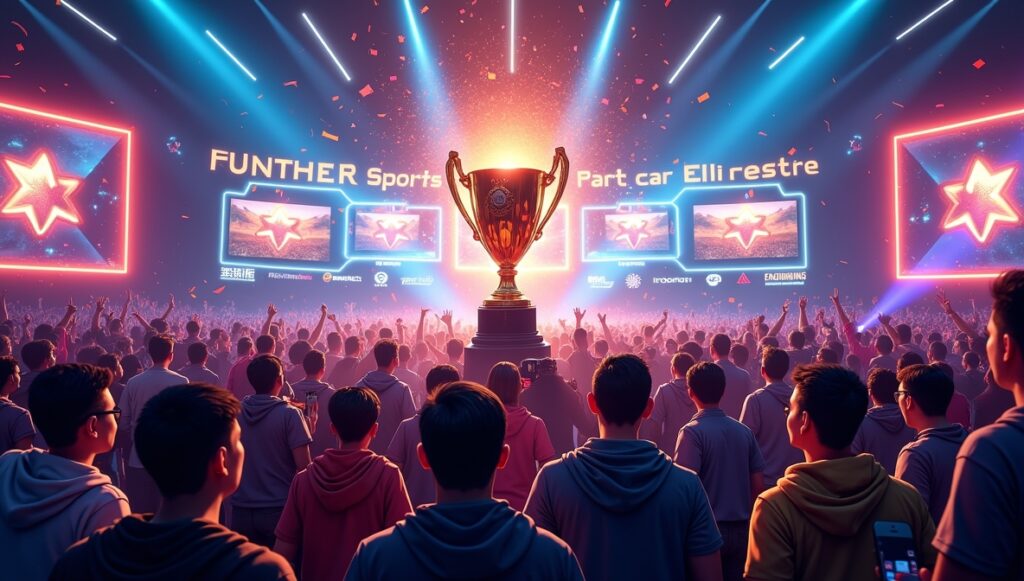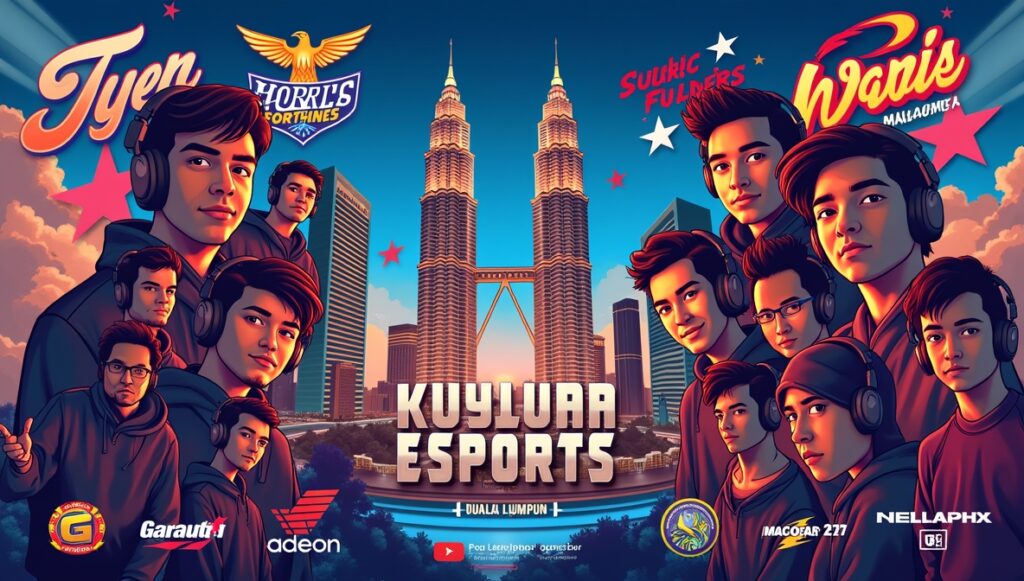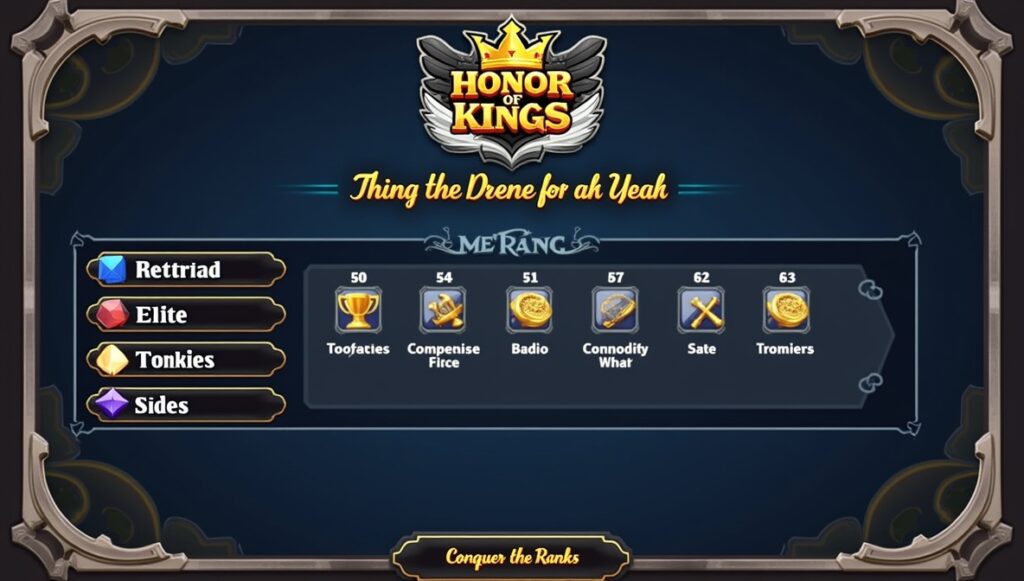Communication. It’s what separates a group of skilled individuals from a championship-winning team. In the fast-paced world of esports, where split-second decisions can be the difference between victory and defeat, poor communication can cripple even the most talented rosters. Have you ever played a high-stakes match and realized everyone was talking over each other—or worse, no one was speaking at all? Frustrating, right?
This breakdown in team communication activities doesn’t just confuse. It builds tension, erodes trust, and leads to losses that feel entirely avoidable. Even amateur players can relate to those moments when a miscommunicated callout results in a botched strategy or wasted resources.
The good news? Strong team communication can be learned, practiced, and perfected, ensuring your team functions smoothly and thrives under pressure. In this guide, we’ll dive deep into why team communication is the cornerstone of success in esports, explore the activities and tools that top teams rely on, and give you actionable strategies to improve your game. Let’s work on your communication game step by step.
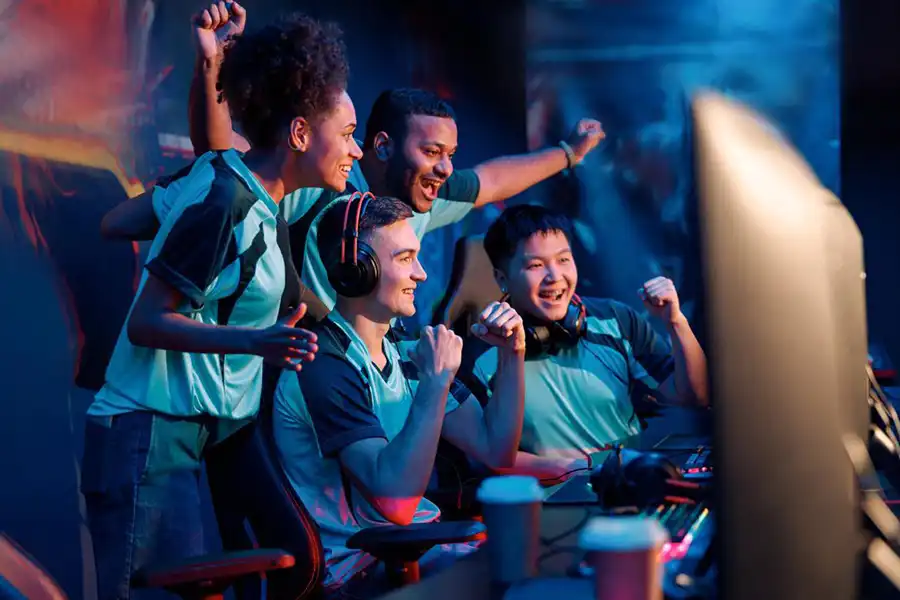
Why Communication Is Vital in Esports
Esports isn’t just about individual skill. Take League of Legends or Valorant as examples; a single misstep or misunderstood call can spiral into disaster. This is why effective communication is not just recommended—it’s essential.
Enhances Coordination During Fast-Paced Games
Picture this: You’re playing CS2 and suspect an enemy is flanking from behind. If you’re unable to quickly communicate this to your team, you’re leaving everyone vulnerable. Team coordination relies on split-second callouts to execute strategies flawlessly.
Builds Trust and Synergy Between Teammates
Good communication creates a deeper connection within teams. The better you coordinate your moves and decisions, the more trust you build. Players like those in OG’s Dota 2 roster focus not only on gameplay mechanics but also on forming an unspoken bond through consistent and effective communication.
Reduces Stress and Miscommunication in High-Stakes Matches
During intense moments, clear communication reduces pressure. When everyone knows their role and can depend on one another, even the tightest games become manageable. It’s all about confidence in yourself and your teammates.
Read More: The EA Sports FC 25 Team Guide for Beginners and Pros
Key Elements of Effective Team Communication
Effective communication isn’t about just speaking—it’s about how you communicate. Let’s break it down into the foundational elements:
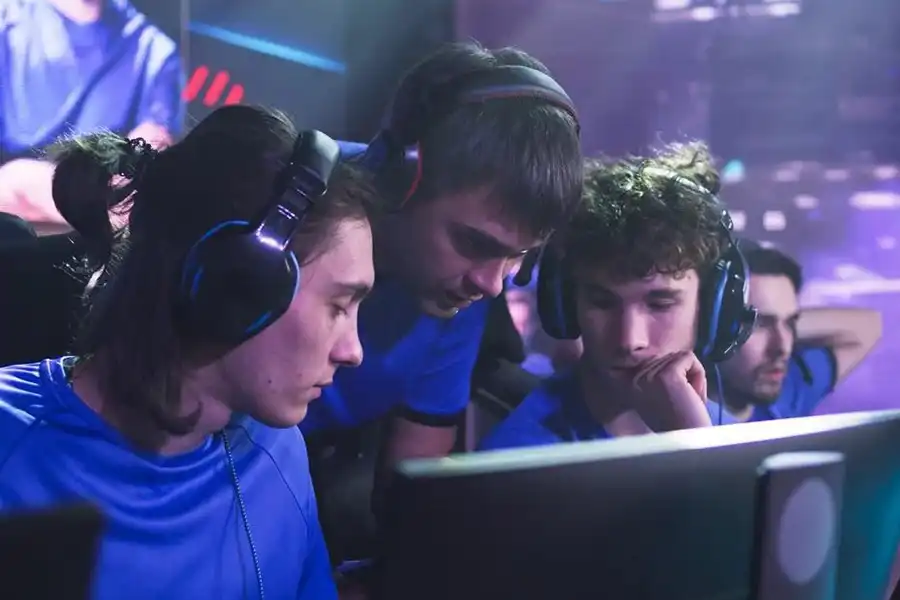
Clarity and Brevity
Streamlined team communication activities is king. Whether it’s calling out enemy positions in Rainbow Six Siege or resources in Overwatch, keeping your messages short and precise is key. Overloading with information wastes time and creates confusion.
For example. rather than saying, “I think there might be two enemies in mid, but they could also be rotating,” go with: “Two mid, possibly rotate.”
Active Listening
Ever noticed how some players miss critical info because they’re too busy shouting mid-action? Active listening ensures every team member is heard without overlapping voices, maintaining a smooth communication flow. Assign priorities to information. If someone’s calling enemy positions but another is announcing their ultimate cooldown, prioritize what’s critical at the moment.
Non-verbal Communication
Sometimes, the game itself provides all the tools you need. In Apex Legends, for example, pings are a game-changer that lets you alert teammates without verbal communication. For live LAN events, body language, nods, or hand signals can make a huge difference.
Common Team Communication Activities in Esports
Pre-Match Planning
Preparation prevents chaos. Pro teams prioritize discussing strategies and roles before a match. For instance, Dota 2 teams often craft drafts around specific strategies, assigning each player their job in the team’s game plan. Create contingency plans. What happens if the opposing team counters your setup? Having a flexible strategy prevents frustration when your initial plan falls apart.
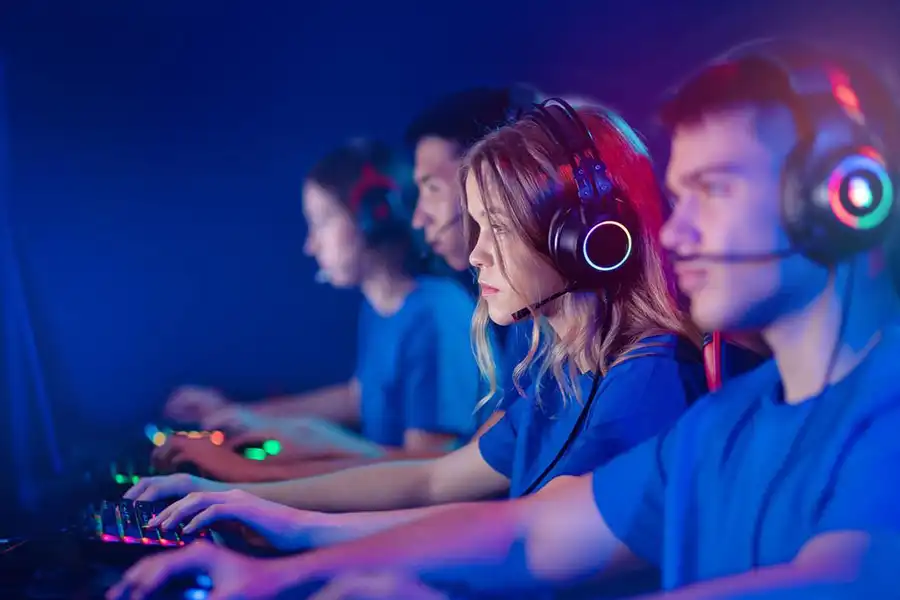
In-Game Callouts
In games like Valorant or CS2, efficient callouts are critical when it comes to team communication activities. From enemy positions to ultimate usage, keeping the team informed in real time ensures adaptability.
Examples of Effective Callouts:
- Enemy Positions: “Two A main, one pushed mid.”
- Resource Usage: “Enemy Sage has no wall. Play aggressive.”
- Rotations and Timings: “Push B in 10 seconds—we’ve drawn rotations off-site.”
Post-Match Reviews
After-action reviews are where the real learning happens. Teams watch replays together to analyze what went right (and wrong) in their communication. It’s not about blaming individuals but understanding how to improve collectively. Record your team’s gameplay and focus solely on audio communication during the review. It reveals overlaps, missed callouts, and moments of silence where guidance was needed.
Team Bonding Exercises
Building trust happens outside the game too. Cooperative games or problem-solving challenges, like escape rooms or even board games, strengthen team relationships. The closer the bond, the smoother the communication when the pressure is on.
Tools to Enhance Team Communication in Esports
Top-tier esports teams use both in-game and external tools for effective team communication activities. Here are some must-have options:
- Voice Communication Platforms: Tools like Discord, TeamSpeak, or Mumble ensure seamless team communication without dropping connection mid-match.
- In-Game Tools: Many modern games, such as Fortnite, have built-in systems like quick-pings or chat wheels to supplement your usual voice calls.
- Project Management Tools: Esports teams often use tools like Trello or Notion for mid-week strategy planning, goal-setting, or notes.
Challenges in Esports Team Communication
Where there’s potential, there are pitfalls. Here are the most common challenges you’ll face:
- Language Barriers: International teams may struggle due to differences in language and slang.
- Conflicting Personalities: Not all players communicate similarly, leading to clashes.
- High-Pressure Breakdowns: Even the most composed teams face lapses in communication when the stakes are sky-high.
Read More: How to Join an Esports Team and Compete Like a Pro
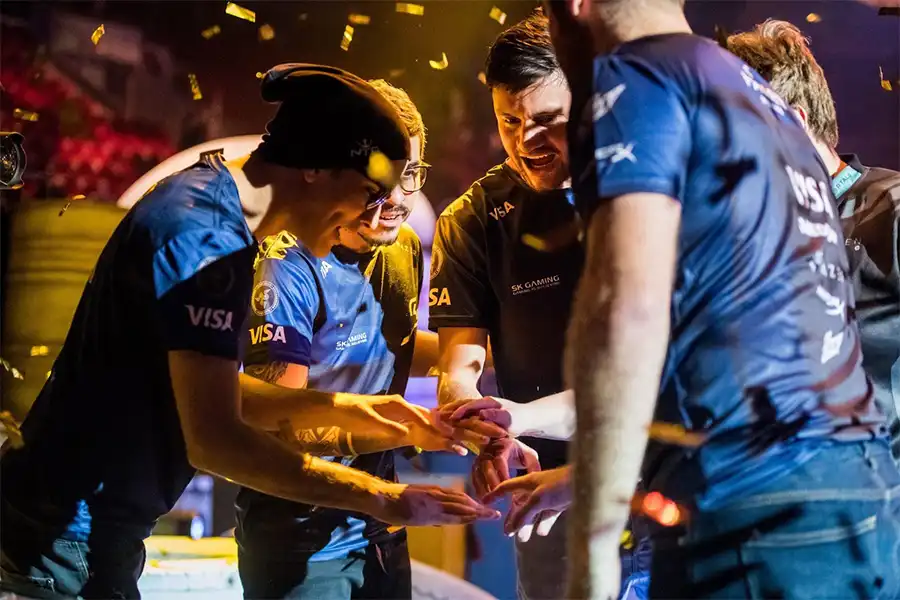
Building a Communication-Focused Team Culture
Encouraging Open Feedback
Constructive team feedback is invaluable. Teams like T1 emphasize fostering a safe space where each member can voice concerns without fear of criticism.
Developing Leadership Communication Skills
Strong captains or IGLs (In-Game Leaders) act as an anchor for the team’s communication. Their ability to lead while being inclusive creates a cohesive environment.
Practicing Communication Activities Regularly
Make communication a habit by scheduling scrims solely focused on honing team verbal and non-verbal cohesion.
Success Stories: Teams Excelling Through Communication
Let’s give credit where it’s due. Teams like OG (Dota 2) and Astralis (CS2) have gained fame not just for skill but also for their team communication activities. OG’s uncanny ability to stay calm and coordinate even during comebacks has proved vital in championships. Meanwhile, Astralis’s extraordinary tactical calls have become the gold standard in Counter-Strike history.
Tips for Improving Team Communication Skills
- Record scrims and focus on audio evaluations during reviews.
- Practice callout-specific drills in training sessions.
- Bring in professional coaches—many specialize in communication training.
How Tournova Enhances Team Communication:
Our platform’s suite of services will address many of these challenges and can significantly improve communication within esports teams:
- Tournova Mini-App:
The Mini-App uses Telegram as its platform to make a seamless experience playing play-to-earn games. With just a single click, you will have access to tons of PtE games. - Platform + Discord Bot:
Discord is already a dominant platform in esports for communication, so Tournova’s integration of a Discord bot enhances team communication even further by automating certain tasks, streamlining communication channels, or providing live game updates directly within Discord. This reduces the need for players to switch between multiple platforms, helping maintain focus and reducing the chances of miscommunication. It can also facilitate practice coordination, tournament planning, and post-game discussions, creating a more seamless communication process.
Conclusion
Building effective team communication activities within an esports team is not just a supportive strategy—it’s a crucial pillar for success. By engaging in targeted team communication activities, teams can transform potential chaos into coordinated brilliance. Whether through pre-match planning, strategic callouts, post-match reviews, or team bonding exercises, each practice strengthens the trust and synergy needed for high-stakes performance. Embracing tools that enhance communication and proactively overcoming common challenges further solidify a team’s competitive edge.
As demonstrated by top-tier teams like OG and Astralis, excellence in communication leads to victories and creates a resilient team culture that thrives under pressure. By prioritizing clear, concise, and effective communication, esports teams can elevate their gameplay and consistently achieve success in the ever-evolving competitive landscape.
FAQ
Can communication improve a team’s win rate significantly?
Absolutely! Studies and success rates in pro leagues indicate that strong communication often outweighs individual skills during close matches.
Should teammates use humor or casual talk during games?
Lighthearted chatter during downtime can reduce stress, but it should never interfere with key moments where focus is required.
What if my team has a loud player dominating communication?
Assign clearly defined communication roles to balance speaking time and ensure everyone contributes equally without being overshadowed.
